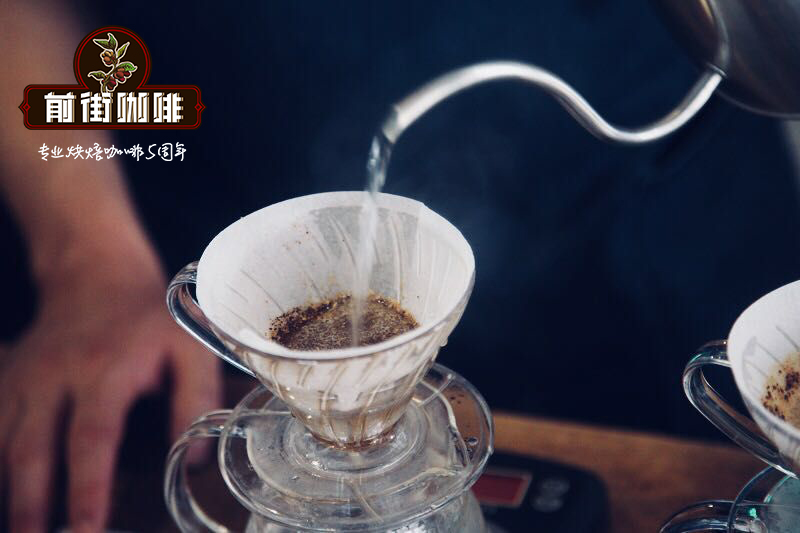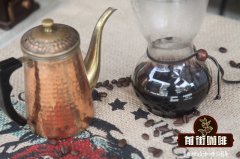Boutique Coffee | introduction of Top Blue Series B23 Strawberry Flavor in Ipanema Manor, Brazil

Brazil's top blue series B23 strawberries
(Ipanema Premier Cru BLUE B23 Strawberries)
Country: Brazil
Producing area: Serra da Mantiqueira-Fazenda Rio Verde Block, South Minas Province
Altitude: 1157-1300 m
Treatment: insolation
Variety: yellow bourbon
Flavor: strawberry jam, red grape, full sweetness, fermented aroma
Brazil Ipanema Manor Top Series Brasil Ipanema Premier Cru
Founded in 1969, Ipanema Manor in Brazil is an indicator Brazilian manor with more than 5500 hectares of land and 14 million coffee trees in 25 countries around the world. As a founding member of the Brazilian Fine Coffee Association (BSCA), sustainable development has always been part of Ipanema's philosophy and is committed to improving the natural environment and social programs and activities in the humanities. In 2002, it passed the certification of EUREPGAP Code and UTZ Kapeh Code, as well as Rainforest A, CSC, Fairtrade USA, C.A.F.E, AAA Ecolaboration and so on.
Fazenda Rio Verde, one of Ipanema's three estates, was founded in 1887 and is located in southeastern Brazil, straddling the heart of the Mantiqueira Mountain Mountains of Sao Paulo, Minas Gerais and Rio de Janeiro. Run by the Fernandes family at the time, it was bought by Ipanema in 2002 and is now the oldest coffee plantation of its three estates.
From 1964 to 1992, manor operators invested heavily in the production of chicken manure, with a total of 81 henhouses. 136000 chickens produced 800000 kilograms of manure each year, a huge amount of fertilizer enough to supply more than half of the fertile soil needed for coffee growing areas each year. The manor, which covers an area of 1500 hectares, is also an area with quite pristine forests. The Mandy Kaila Mountains have a pleasant climate and a stable average winter precipitation, 1550mm. The coffee on the estate is grown at an altitude of about 1000-1310 meters, surrounded by virgin woodlands, waterfalls, hot springs and mountain paths. In order to maintain the integrity of the forest, there are only 626 hectares for coffee cultivation, 167 hectares for other crops and up to 773 hectares for nature reserves.
Important Notice :
前街咖啡 FrontStreet Coffee has moved to new addredd:
FrontStreet Coffee Address: 315,Donghua East Road,GuangZhou
Tel:020 38364473
- Prev

Introduction to the characteristics of Water washing G2 Flavor of Kudi Cooperative in Kafa Forest area of Ethiopia
From the most primitive forest in Ethiopia, Kaffa Region, the Kafa forest in southwestern Ethiopia, to this day, the Kafa forest still maintains the forest appearance of the traditional Ethiopian primeval forest, while retaining a considerable number of native coffee varieties. Many cup testers who have tested the Kafa producing area agree that this producing area has a considerable variety of flavor performance. Located in Ethiopia
- Next

Ethiopian Solar Sidamo G1 Coffee beans description of flavor characteristics of Sidamo coffee beans
Ethiopia Sun Xida Moyadi G1 Cup Test 95 points production area: MichichaKelensoMoconissa Town, Sidama Province Variety: TypicaHeirloom (local native species) production: Ardi (local coffee farmers)
Related
- Detailed explanation of Jadeite planting Land in Panamanian Jadeite Manor introduction to the grading system of Jadeite competitive bidding, Red bid, Green bid and Rose Summer
- Story of Coffee planting in Brenka region of Costa Rica Stonehenge Manor anaerobic heavy honey treatment of flavor mouth
- What's on the barrel of Blue Mountain Coffee beans?
- Can American coffee also pull flowers? How to use hot American style to pull out a good-looking pattern?
- Can you make a cold extract with coffee beans? What is the right proportion for cold-extracted coffee formula?
- Indonesian PWN Gold Mandrine Coffee Origin Features Flavor How to Chong? Mandolin coffee is American.
- A brief introduction to the flavor characteristics of Brazilian yellow bourbon coffee beans
- What is the effect of different water quality on the flavor of cold-extracted coffee? What kind of water is best for brewing coffee?
- Why do you think of Rose Summer whenever you mention Panamanian coffee?
- Introduction to the characteristics of authentic blue mountain coffee bean producing areas? What is the CIB Coffee Authority in Jamaica?

